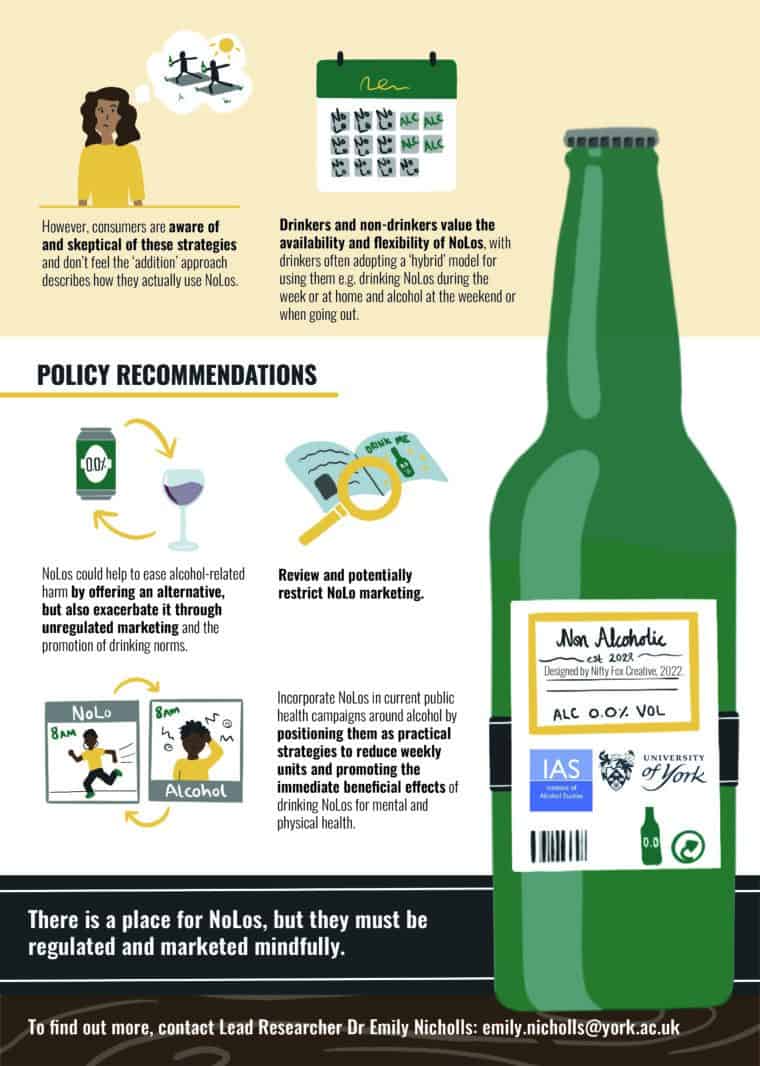
Alcohol is one of the most widely consumed psychoactive substances in the world, and excessive alcohol use is a global problem that contributes to millions of deaths each year. It’s important to understand the risk factors that contribute to the development of AUD to help prevent it from happening.
Our study found that drinking alone during adolescence and young adulthood was a significant risk factor for AUD later in life. This was especially true for young females.
What we looked at
We analysed data from the Monitoring the Future study, an ongoing study of drug and alcohol use among large, national samples of American youth followed into adulthood (in our study, youth were followed for 17 years).
The results showed that adolescents and young adults who reported drinking alone were at increased risk for developing AUD symptoms in adulthood compared to their peers who only drank in social settings. Adolescent females (compared to adolescent males) who drank alone appeared to be at particular risk for developing future alcohol problems in adulthood.
Importantly, in our study, earlier drinking alone predicted future AUD symptoms even after we statistically controlled for well-known risk factors for AUD, including earlier heavy and more frequent drinking and several sociodemographic risk factors (for example, male sex, lower socio-economic status). This means that drinking alone as an adolescent and young adult predicted future AUD risk above and beyond known and robust AUD risk factors, suggesting that drinking alone provides additional and unique information about AUD risk in young people.
Implications and next steps
I believe that the social context in which young people drink is a critical but often overlooked indicator of future alcohol misuse.
Most young people who drink do it with others in social settings, but a substantial minority of young people are drinking alone. In our study, about 25% of adolescents and 40% of young adults who reported drinking alcohol said that they drank alcohol while alone. Solitary drinking is a unique and robust risk factor for future AUD that I believe we need to pay more attention to.
It’s worth mentioning that solitary use of other drugs (for example, marijuana) has also been linked to negative outcomes, and future studies should continue to explore the role of solitary polysubstance use in predicting substance use disorder symptoms and other negative outcomes.
My previous work and that of others has shown that young people drink alone as a way to cope with negative emotions, which is a pattern of alcohol use that has been consistently linked to the development of alcohol problems. These findings suggest that targeted interventions focusing on more adaptive ways of coping with negative emotions may be helpful for young people who are drinking alone.
How targeted screening can help
Because adolescent and young adult solitary drinking appear to be “red flags,” suggesting the development of an unhealthy relationship with alcohol (that is, using alcohol to cope with negative emotions), it is important that we identify solitary drinkers early on in order to deliver targeted interventions. Common screening tools that health providers use to identify young people at risk of developing AUD currently only focus on asking about the quantity and frequency of alcohol use. Our findings highlight the need to go beyond only asking about how much and how frequently young people drink to include additional questions about whether or not they drink alone. Understanding solitary alcohol use in young people may be critical for effective screening and intervention efforts to reduce AUD.
In conclusion, drinking alone during adolescence and young adulthood is a significant risk factor for AUD later in life, above and beyond other AUD risk factors and especially for adolescent females. Screening for solitary drinking in young people is indicated, and targeted interventions are needed to educate young people, especially young females, about the risks of solitary drinking.
Written by Dr Kasey Creswell, Associate Professor of Psychology, Carnegie Mellon University.
All IAS Blogposts are published with the permission of the author. The views expressed are solely the author’s own and do not necessarily represent the views of the Institute of Alcohol Studies.
